8+ Sample Short Research Report
-
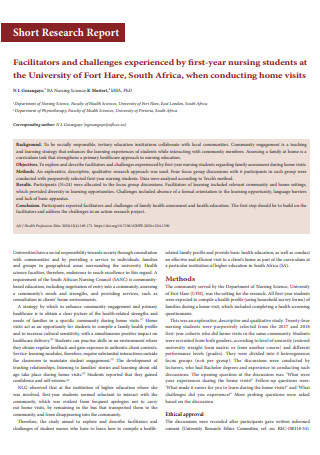
Short Research Report Template
download now -
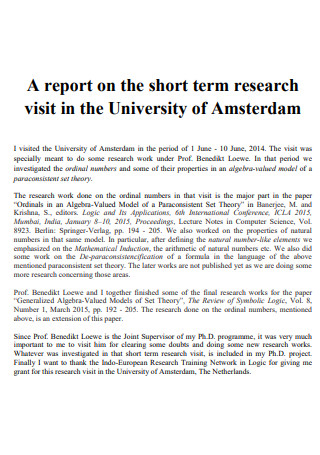
Short Term Research Report
download now -

Lab Short Research Report
download now -
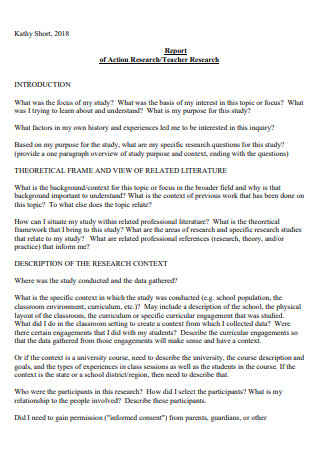
Short Action Research Report
download now -
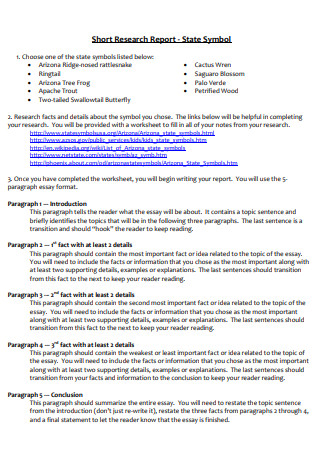
Standard Short Research Report
download now -
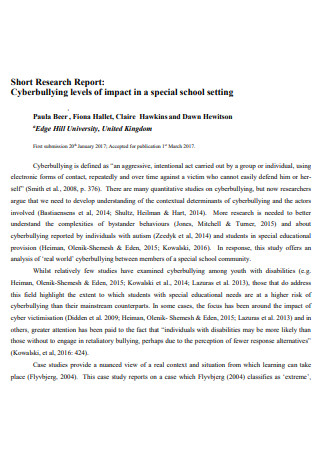
Short Research Report Example
download now -
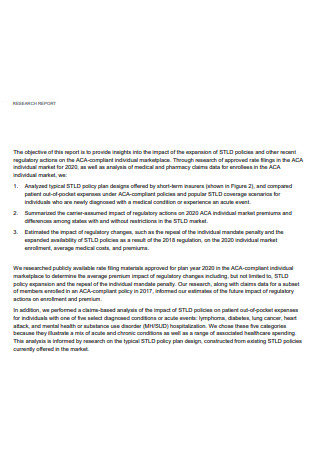
Basic Short Research Report
download now -
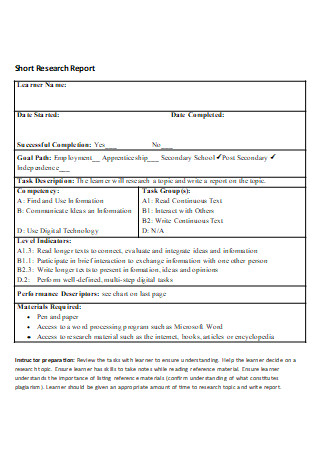
Short Research Report in DOC
download now -

Short Persuasive Research Report
download now
FREE Short Research Report s to Download
8+ Sample Short Research Report
What Is a Short Research Report?
What Are the Characteristics of Short Research Report?
How to Write a Short Research Report?
Types of Research Report
Technical Report
Popular Report
What Characteristics Distinguish Good and Successful Report Writing?
FAQs
Is a short and long report different?
Why use a short research report?
How can you write a good short research report?
How many pages is a short research report?
What Is a Short Research Report?
A Research Report is a written document that presents study findings in a methodical, clear, and organized manner. Formal inquiries of the characteristics, behavior, structures, and principles of material and conceptual things are presented in research reports. A short report is a thorough document that summarizes all aspects of the study’s subject matter. It is a self-contained and comprehensive document.
Now, what makes a short research paper different isn’t much, they hold the same function and serve the same purpose. The main difference being in the way they are formatted and how expounded a research report really is.
What Are the Characteristics of Short Research Report?
Short research reports include general report qualities such as a specific incident or problem, organized presentation of factual information, impartiality, neutrality, and so on. Short research reports include several distinguishing qualities in addition to those generic criteria. The following are some of its noticeable characteristics.
How to Write a Short Research Report?
If you haven’t viewed the provided templates yet, go ahead and take a quick browse to get a better picture of what a short report in research looks like. It may be more or less familiar to you if you already have experience in writing a research report before. The steps follow the same sequence albeit should be shorter in word count than the other research papers. Continue reading to follow through with the guide that has been curated for you.
Step 1: Provide Necessary Information
Any research paper would not be complete without the presence of information detailing its publication. Depending on the format you chose to go with, some may require you to dedicate an entire page solely for the title of your short research report, your name as the author or other members of your team, and the official date the report was published. It may not be necessary to add in the time. The format isn’t as important as the rest of what your research report comprises of so don’t stay too long in this section. It merely provides formalities and professionalism.
Step 2: Adding in a Summary
If you are puzzled as to why a summary is necessary, then the quick explanation is that it will act as an abstract to give your readers an immediate idea as to what your research is all about. You may state your top three findings in your short research report and your main argument for them. A conclusion may be even necessary but don’t think of it as ruining your format because it would help readers know what your thoughts are of your report.
Step 3: Present a Strong Argumentative Point
As has been stated above, a quick Introduction is more than necessary to present your ideas and your main research objective. Don’t focus too much on the preliminaries and instead proceed to the body of your short research report. Be wary of the word count since you are writing a short research report and not full-fledged research. You can follow the next paragraph by stating the main sections of the report. Along with a satisfactory amount of supporting references to back up the points you are making.
Step 4: State your Methodology
The Mayfield Handbook of Technical and Scientific Writing states the research methodology is connected with a specific field of inquiry, and the research strategy is the structuring of the study according to that methodology. Research techniques are used in specialized domains to investigate challenges. These range from broad methods of questioning and literature research to highly specialized procedures for establishing optimal circumstances for data generation employing materials and mechanical equipment. A significant milestone in the conduct of your study is adapting a good research technique to the examination of your topic.
As you mention the methods you used along with the number of population in conducting your study, you also should note the limitations and list them out in the report. This helps when the results are being interpreted.
Step 5: Result Interpretation
This is the part of the short research report where you will need to state the findings and results of your study. You can first state the research questions that you have used to guide your research report as well as how the respondents answered or found your study when you were conducting it to them. The rest of this step includes you interpreting the results through comprehensive Data Analysis.
When it comes to interpreting your data, it’s all about determining if what you discovered supports or contradicts the conclusions of prior research. Your results may also provide new information or insights.
Step 6: Wrap Up Your Ideas
The conclusion marks the end of your short research report and it is the step where you are able to restate your main point. It’s your final chance to tie everything together and make your point, as well as your grasp of the issue, and present it to your readers through clear statements. Don’t forget to include references and a bibliography on another page after your conclusion.
There are things you should avoid doing in your conclusion, such as: summarizing, repeating sections of your report verbatim, including insignificant points, new or unnecessary information, and cutting your value as the researcher.
Types of Research Report
Research is vast and collecting knowledge isn’t simply retained to one format. There are numerous ways to process data gathering and finding a result from it, be it formal or informal. Two known types of research reports are Technical report and Popular report. Read down below to identify what differentiates both types from one another.
Knowing which type is appropriate for your topic brings out the best results and draws in the target audience.
Technical Report
When a comprehensive written report of a research project is required for public distribution or record-keeping, a technical report is required. The data is presented in a straightforward manner in these reports, and the important outcomes are clearly outlined. The focus of the technical report is on the tools utilized in the study, the assumptions made, and the presentation of the findings, as well as their limitations. A technical report’s outline may not be the same in every situation, and it may differ in every technical report.
The general outline comprises of:
Popular Report
The study that focuses on the appeal and simplicity of data is the most popular. When the conclusions of a study will have policy consequences, it is utilized. The emphasis is on simple language, the minimizing of technical features, and the extensive and thorough use of charts and diagrams.
The following is an example of what a suitable outline for a popular report:
What Characteristics Distinguish Good and Successful Report Writing?
According to Davis of Mvorganizing, there are numerous characteristics that differentiate a better short research report from a much lesser quality writing. It is expected in whichever field that research has to be meticulous and written extensively. This article presents the characteristics in a simplified manner.
FAQs
Is a short and long report different?
If you have encountered a short report and a long report, then you might take they have a similar role from a short research report because they are one word off. That isn’t the case as a short and long report are commonly used in a business and marketing aspect whereas a short research report is mainly during scientific data collection and analysis.
Why use a short research report?
A short research report serves a similar function to a research report in that it provides information on a specific topic that has been researched as well as data that has been gathered for analysis and interpretation. This adds to previous studies and broadens what is already known about the subject.
How can you write a good short research report?
To write a good short research report, you would need to find an interesting topic and formulate a strong thesis, along with knowing how to properly structure and organize your ideas through a clear format, stating factual arguments, making sure to add a decent amount of references to support your points, and last but not the least a correct grammar and spelling so that readers wouldn’t have any difficulty understanding your report.
How many pages is a short research report?
While a research report is said to have a minimum of ten pages, the short research report may be three to five pages or around 2,500 words and does not exceed 20 references.
A short research report is unique in its own right, since it does belong to the research aspect of things, then the process falls similar and yet the format is what makes it unique. It may be a challenge to compress so many ideas and so much data into a limited amount of space. But what you have to keep in mind is that it’s important to only place the relevant information. Stick to technical writing and don’t add in unnecessary details.
